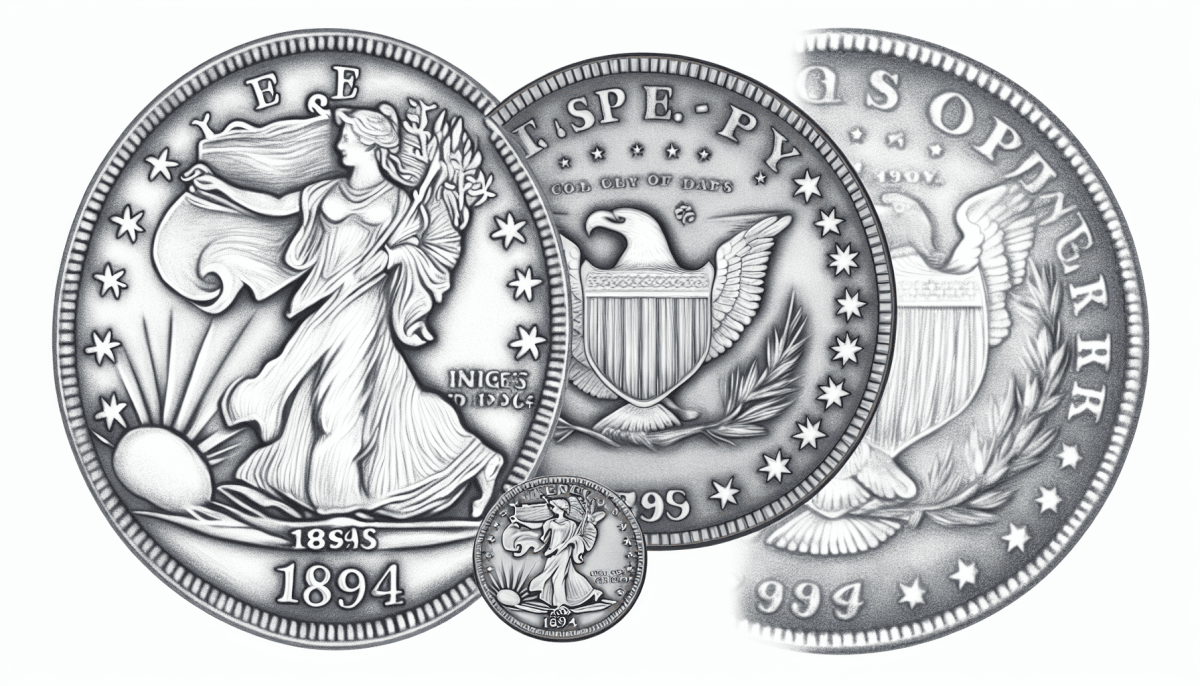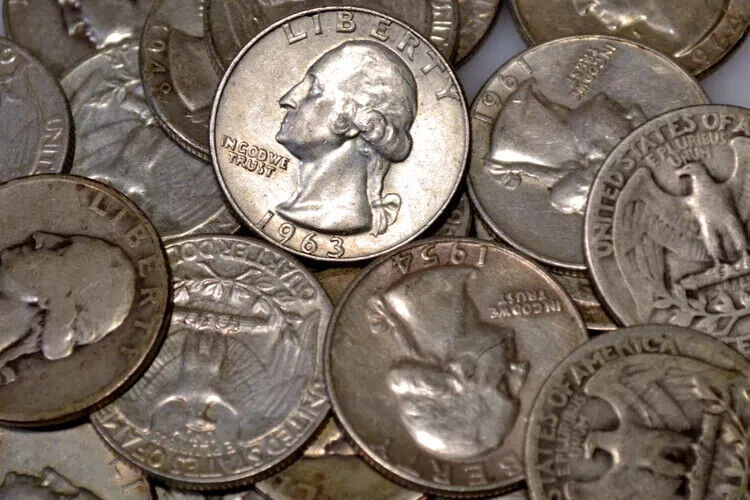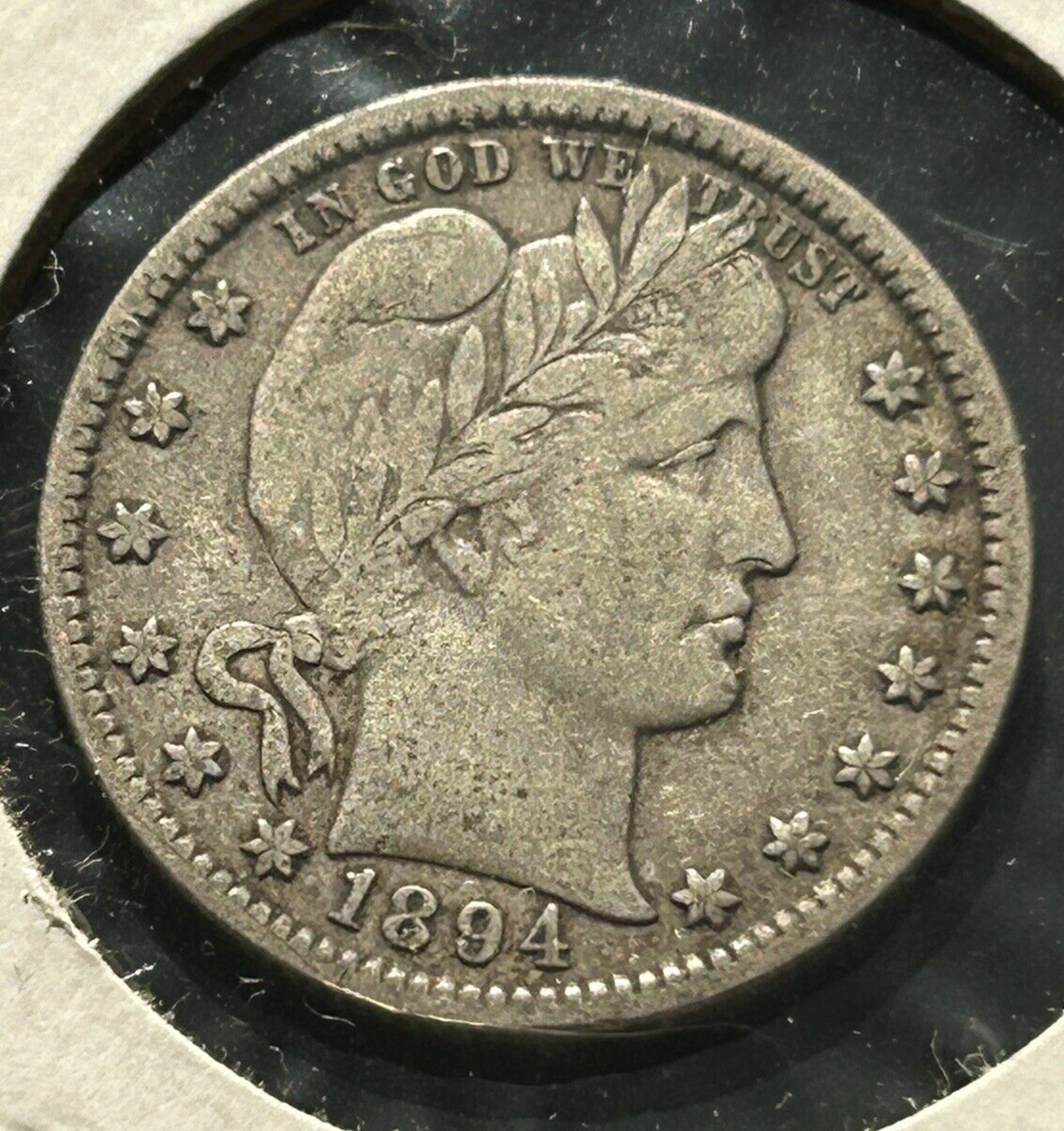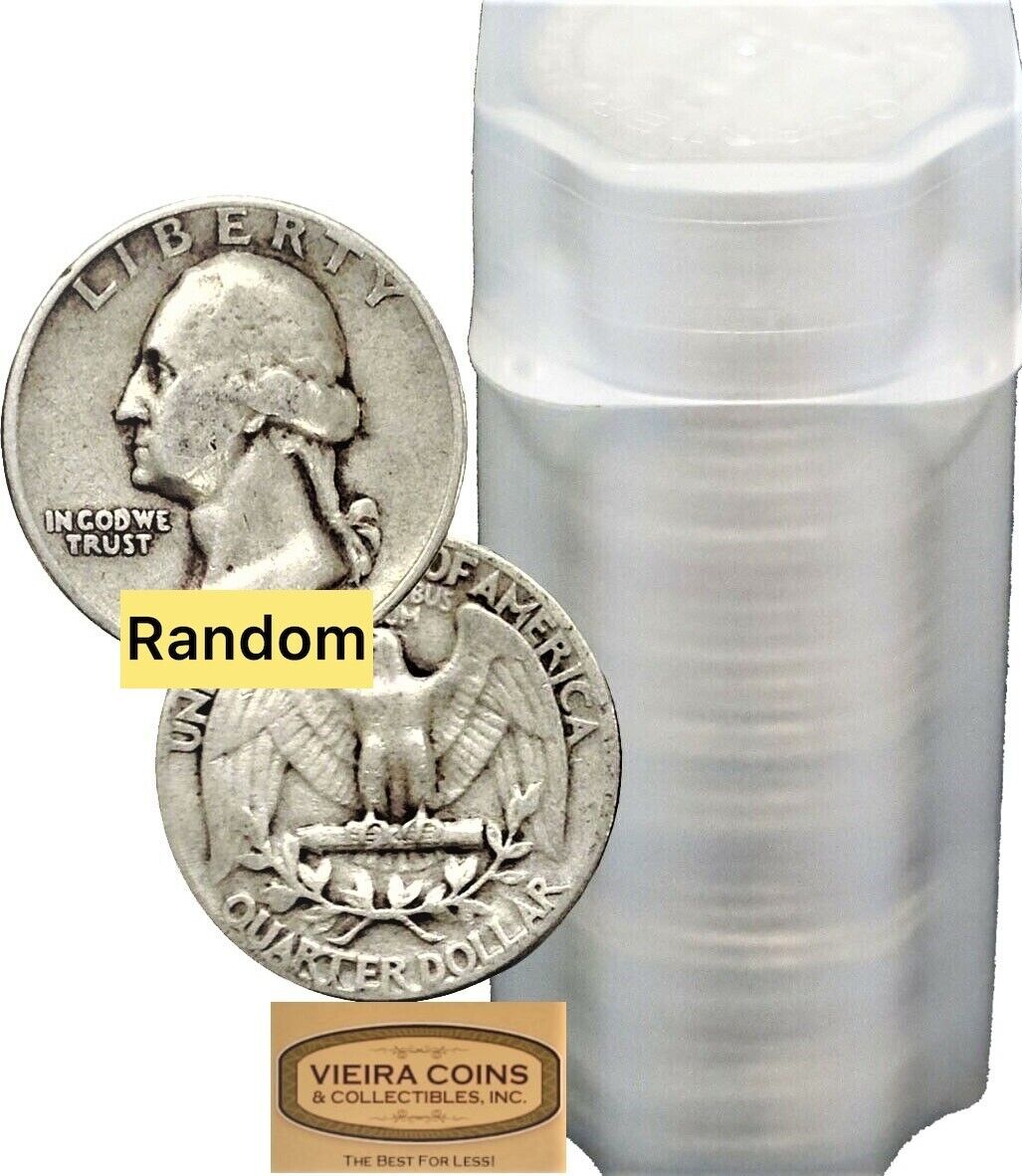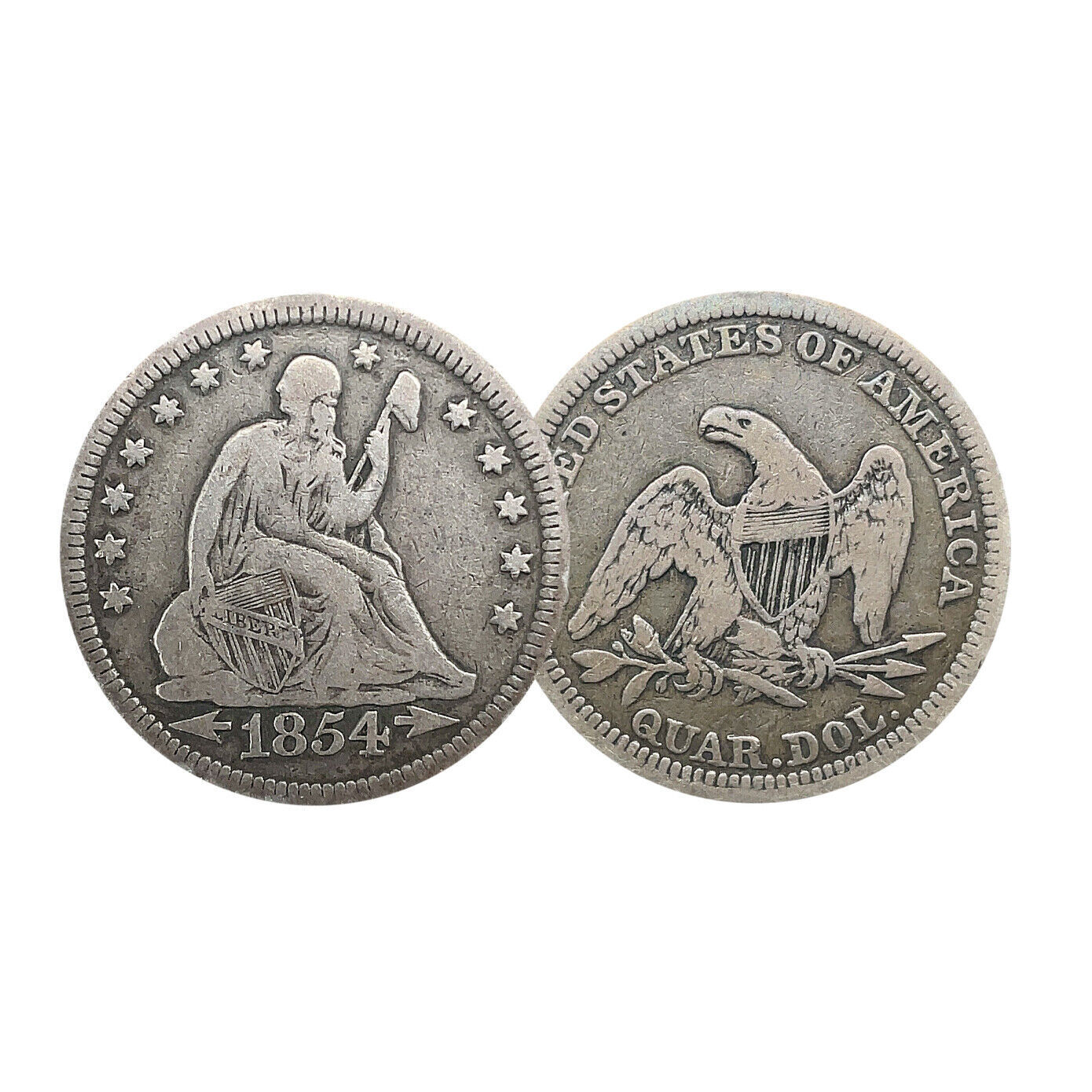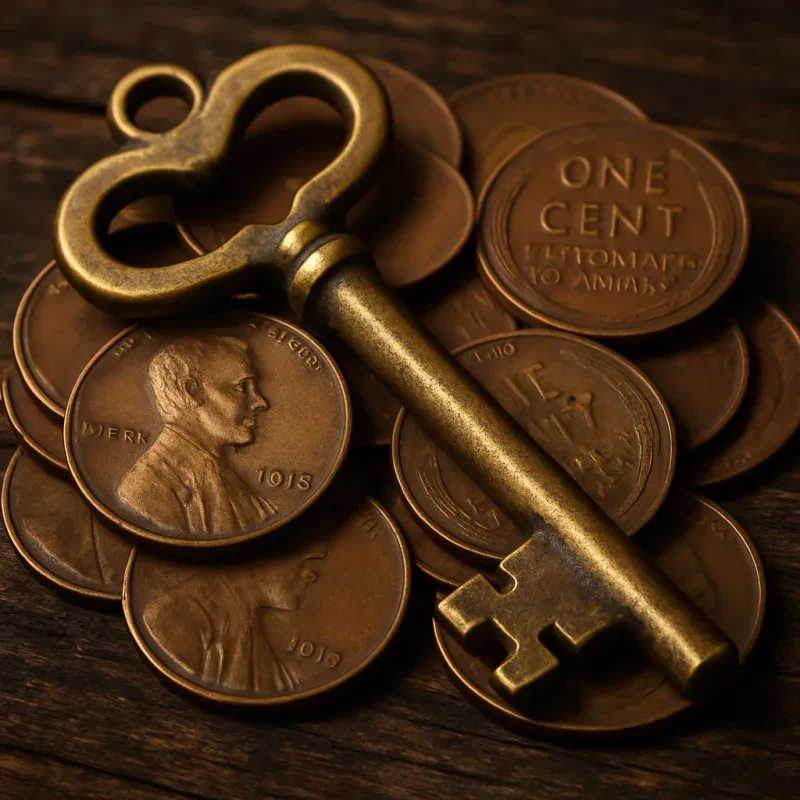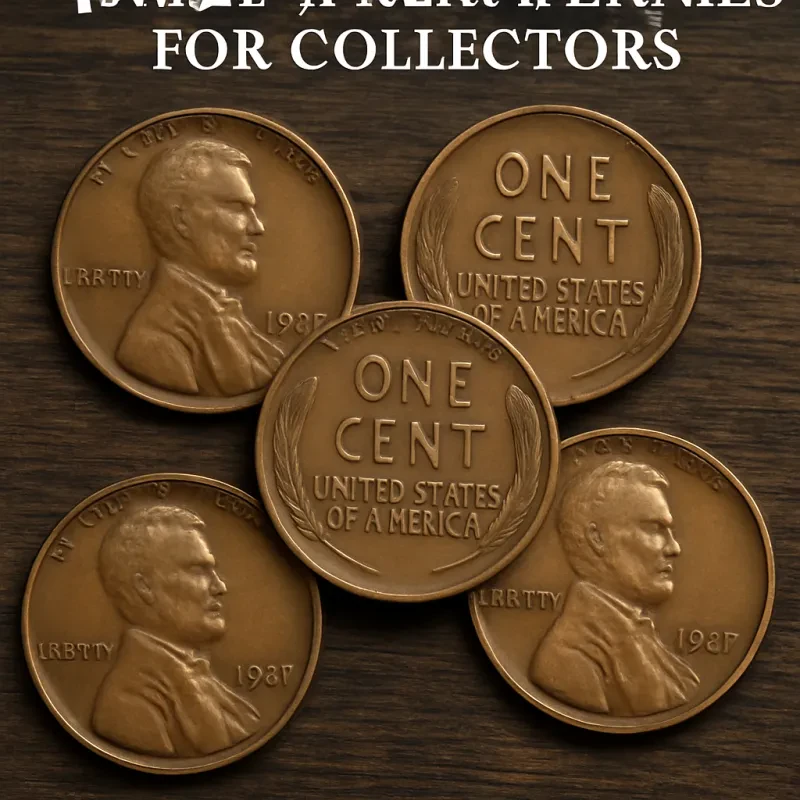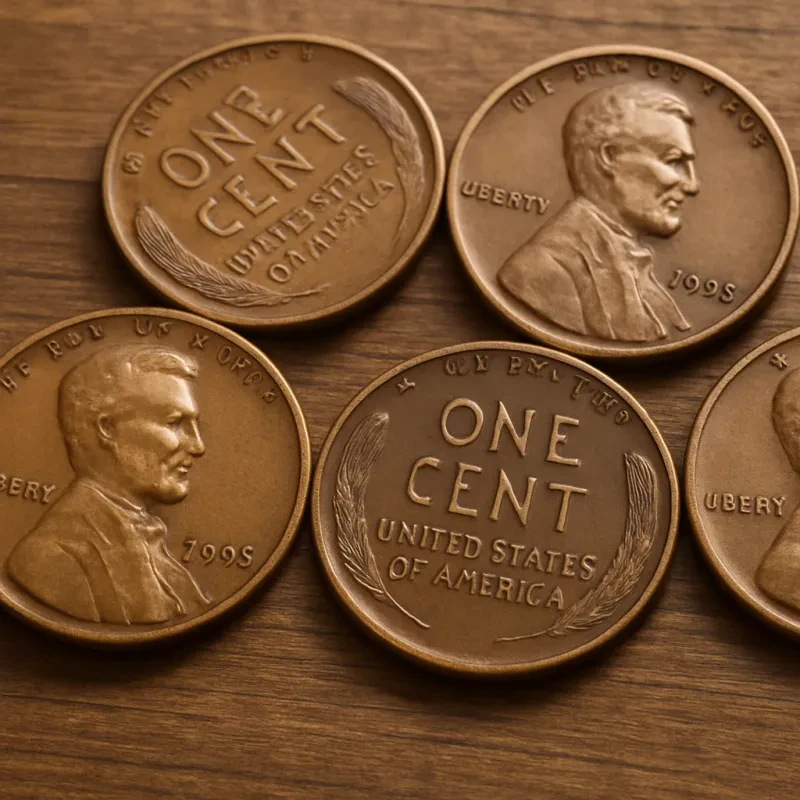Introduction
The 1894 quarter is a fascinating piece of American numismatic history. As part of the Barber quarter series (minted from 1892 to 1916), the 1894 quarter holds significance due to its age, scarcity, and potential value. Collectors and investors alike seek this coin, particularly in higher grades, making it a desirable addition to any collection.
This guide explores the history, design, mint marks, rarity, value, and tips for collecting the 1894 quarter. Whether you are an experienced numismatist or a beginner, understanding the nuances of this coin will enhance your appreciation and help in making informed buying decisions.
The History of the 1894 Quarter
The Barber quarter, designed by Chief Engraver Charles E. Barber, was first introduced in 1892 to replace the Seated Liberty quarter. It was part of a redesign of U.S. coinage, which also included the Barber dime and Barber half dollar.
The 1894 quarter was minted during a time of economic fluctuation in the United States. The coin was struck at three different U.S. Mint facilities: Philadelphia, New Orleans, and San Francisco. Each mint’s production numbers and coin quality varied, contributing to the rarity of specific versions of the 1894 quarter.
Design and Specifications
The Barber quarter features a classic design that reflects the artistic standards of the late 19th century:
-
Obverse (Front): The coin features Lady Liberty facing right, wearing a Phrygian cap adorned with a laurel wreath. The word "LIBERTY" is inscribed on her headband. Above Liberty’s head are 13 stars representing the original colonies, with the date "1894" below.
-
Reverse (Back): The reverse displays a heraldic eagle with outstretched wings, holding an olive branch and arrows in its talons. The eagle is surrounded by the inscription "UNITED STATES OF AMERICA" and "QUARTER DOLLAR."
-
Metal Composition: 90% silver, 10% copper
-
Weight: 6.25 grams
-
Diameter: 24.3 mm
-
Edge: Reeded
Mint Marks and Rarity
The 1894 quarter was produced at three U.S. Mint locations, and each carries a different mint mark, which can significantly impact its rarity and value:
Philadelphia Mint (No Mint Mark)
Philadelphia struck 2,648,000 quarters in 1894, making it the most common of the three mints. While circulated examples are fairly accessible, high-grade specimens remain rare and valuable.
New Orleans Mint (O Mint Mark)
The New Orleans Mint produced 1,440,000 quarters. While lower-mintage than Philadelphia, it is still considered somewhat available in circulated grades. However, finding an uncirculated 1894-O quarter is significantly more challenging.
San Francisco Mint (S Mint Mark)
The San Francisco Mint struck only 1,036,000 quarters, making it the scarcest of the three. High-grade specimens from this mint are particularly sought after by collectors.
Value of the 1894 Quarter
The value of an 1894 quarter depends on several factors, including its mint mark, condition (grade), and market demand. Below is an estimated value range based on condition:
| Grade | 1894 (No Mint Mark) | 1894-O | 1894-S |
|---|---|---|---|
| Good (G-4) | $20-$30 | $30-$40 | $40-$60 |
| Fine (F-12) | $40-$60 | $60-$80 | $80-$120 |
| Extremely Fine (EF-40) | $100-$150 | $150-$200 | $250-$350 |
| About Uncirculated (AU-50) | $250-$400 | $400-$600 | $700-$1,000 |
| Mint State (MS-60 and above) | $800-$1,500+ | $1,500-$2,500+ | $3,000-$10,000+ |
Note: Prices fluctuate based on market trends and auction results.
Factors Affecting Value
Several factors can influence the value of an 1894 quarter:
-
Grade & Condition: Coins in uncirculated condition fetch significantly higher prices.
-
Mint Mark: The San Francisco (S) mint is the rarest and most valuable, followed by New Orleans (O), and then Philadelphia (no mint mark).
-
Originality: Coins with original surfaces, free from cleaning or damage, are more desirable.
-
Market Demand: High collector interest can drive up prices, especially for key-date or low-mintage quarters.
How to Authenticate and Grade an 1894 Quarter
Authentication Tips:
-
Check the Weight: An authentic 1894 quarter should weigh around 6.25 grams.
-
Inspect the Edge: The reeding should be consistent and not appear overly worn or smoothed out.
-
Use a Magnifying Glass: Examine details such as Liberty’s headband and the eagle’s feathers. Weak details may indicate wear or a counterfeit.
-
Verify the Mint Mark: Ensure that the mint mark is genuine and has not been altered.
Grading Overview:
-
Good (G-4): Heavy wear, date and design barely visible.
-
Fine (F-12): Some details visible, but still well-worn.
-
Extremely Fine (EF-40): Clear details with slight wear.
-
About Uncirculated (AU-50): Nearly all details visible with light wear on high points.
-
Mint State (MS-60+): No wear, full luster, and well-struck details.
Tips for Collectors
-
Buy from Reputable Dealers: Always purchase from reputable coin dealers, major auction houses, or certified sellers.
-
Look for Certified Coins: Consider coins graded by PCGS, NGC, or ANACS for authenticity and value assurance.
-
Avoid Cleaned Coins: Cleaning can reduce a coin’s value significantly.
-
Store Properly: Use protective holders, such as coin flips or slabs, to prevent damage.
-
Watch the Market: Monitor auction results and price trends before making a purchase.
Conclusion
The 1894 quarter is a captivating collectible with historical significance and investment potential. Whether you’re looking for a circulated example or a high-grade rarity, understanding its history, mint marks, and grading will help you make informed decisions. As part of the Barber quarter series, it remains a cherished piece among numismatists.
If you’re considering adding an 1894 quarter to your collection, research thoroughly, verify authenticity, and enjoy the rewarding experience of coin collecting!
